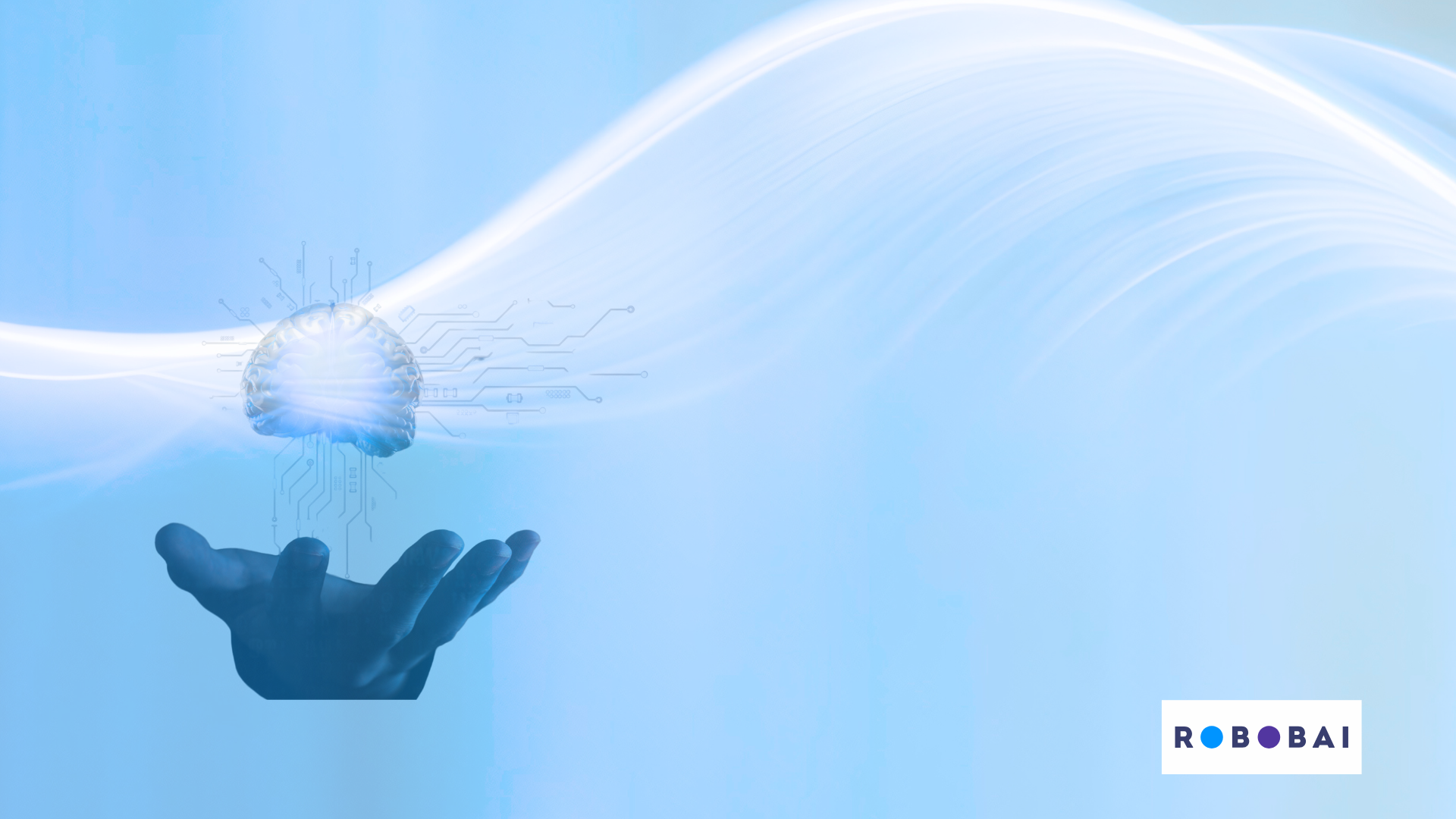Ethically Sourced AI: The Role of RobobAI in Procurement
Discover how RobobAI is revolutionizing procurement by embedding ethical sourcing directly into AI-driven decision-making, ensuring every transaction...

It’s that time of year when an alarming reality sets in. While just yesterday we were kicking off the new year, we’re fast approaching the halfway mark. While it may not too late to book those ukulele lessons for the Christmas duet with your brother-in-law or cross that boat license off the five-year plan, the deadline is looming for some fiscal prowess to round out next season’s performance review discussions.
A quick win in supply chain efficiency is a great platitude to throw onto the boardroom table or into a Miro whiteboarding session but the reality is more of a paradox. Or is it?
Let Your Data Give You Direction
Organizations are built on data. Customer data, product data, supply data, financial data, internal data, external data, regulatory data .... You get it. The shift towards digitization and automation increases the growth of data volume at exponential speed. It’s common sense to point out that all answers to your core bottom-line enhancers lie within. <Enter sleepless nights here>.
The Greatest Cost is Opportunity Cost
The greatest cost to your organization is dirty, raw, and disparate data. It’s not a new problem. It’s often an extensive problem, systemic to a frightening majority of organizations.
At the heart of the problem, poor data quality results from data being captured in different formats in multiple, disparate systems. Often data is miscategorized and incomprehensible due to process issues like poorly created invoice descriptions.
What’s needed is a clean slate. The reality is a lack of time, budget, and cross-functional team consensus or ownership to achieve this. Often, this leaves poor data issues in the too-hard basket or multiple Excel files.
The inability to read your supply chain story as a whole can result in lost opportunities to find cost savings quickly, manage tail spend and indirect procurement, inability to rationalize suppliers and improve supplier terms. It also inhibits your ability to see off-contract leakage and other financial and supplier risks. Beyond optimizing cost-down opportunities and mitigating risk, a lack of supply chain visibility inhibits your ability to see trends and drive your future procurement strategy with precision.
Supply Chain Analytics
The importance of supply chain management has never been greater. We’re at a tipping point in time.
Recent history emphasizes how interconnected supply chain operations are and how the volatility of any part of the supply chain is felt throughout. Digitization is necessary to first see all corners of your operations and then be able to manage them quickly.
With social procurement on the rise, the financial resilience of organizations will also rely on the digitization of supply chain management. The maturity of business relationships, who you work with, and how you work with them, including payment terms will drive ESG initiatives that will in turn become an important lever for brand and commercial leadership.
Supply Chain analytics starts with unified, classified, and categorized spend data but for analytics to be valuable they need to be agile and actionable and start with a platform that is easy to use.
“Our category managers weren’t using our existing spend analytics platform.
It wasn’t user-friendly and was time-consuming to build reports.”
“We were on a transformation journey that demanded enhanced category visibility
if we were to make a strategic and operational impact.”
Rebecca McNeill
Procurement Centre of Excellence and Digital Manager
Coca-Cola Europacific Partners
Now is the time. Reevaluate. Recalibrate. Accelerate
Yes, it’s the end of the fiscal year in Australia and the opportunity is obvious. You either have this year’s budget to spend or next year’s budget to plan.
Now is the time to invest in getting your data in order
“RobobAI enabled us to clean up our data, and because we’re confident the data is accurate,
We can use it for validation.
With cleaner data, we know how we’re tracking compliance,
where we can consolidate suppliers and get a wide visual of our spending.”
Rebecca McNeill
Procurement Centre of Excellence and Digital Manager
Coca-Cola Europacific Partners
RobobAI agile technology engine gives you control
Whether you are starting at the foot of your Supply Chain Analytics mountain or if you need to create a business case. RobobAI Supply Chain Visibility Quick Start begins with easy data extraction and data transfer. We then use AI to quickly unify, classify, and categorize large volumes of data against the UNSPSC taxonomy.
Within days, we provide comprehensive supply chain visibility. Increased spend transparency and flags and flares that you can translate into cost savings.
Get a quick win at a low investment, with no ERP integration.
We deliver a dynamic reporting tool, not static reports, from one point in time. Build custom reports on the fly, quickly and easily see a consolidated view of your supply chain through multiple lenses via the intuitive RobobAI platform.
Begin the new fiscal year as you mean to go on. Take the first step.

Discover how RobobAI is revolutionizing procurement by embedding ethical sourcing directly into AI-driven decision-making, ensuring every transaction...
.jpg)
Simply everyone today is talking about IOT, Industry 4.0, and what this branch of technology will mean for businesses, of tomorrow, or even today....

“If your data isn’t reliable, your decisions aren’t either.” This is something I emphasize often in boardrooms and with procurement leaders. The...